#biophilic design
Text

Javier Senosiain
Nautilus House, México, 2007
#javier senosiain#bio architecture#architecture#organic architecture#organic design#biomorphism#biophilic design#interior#interior design#home design#contemporary home#mexican architecture
2K notes
·
View notes
Text

#aesthetic#art#nature#green aesthetic#green#dark naturecore#dark academia#dark academia aesthetic#overgrown#overgrowth#old books#books and literature#books & libraries#library#architecture#biophilic design
331 notes
·
View notes
Text



My Solarpunk and Biophilic design inspired AI art created using DALL E for New Year's Eve 2024.
Imagine a futuristic Solarpunk world where fireworks are really giant blossoms in the sky created with illusions of light and mist instead of polluting gunpowder and toxic metals.
Happily, around the world light shows using drones, lasers, and projections are nudging out fireworks as a way to ring in the new year. The possibilities of what you can create with these non-pyrotechnic shows is vast, and I hope one day this more environmentally friendly style of celebrations will make fireworks a thing of the past.
#ai artwork#ai art#artwork#my artwork#solarpunk#sci fi art#science fiction art#new age art#biophilia#biophilic design#cityscape#skyscrapers#night sky#digital art#ai artist#dall e ai#dall e 3#new years eve#happy new year#2024#fireworks#light show#black and purple#futurism#futuristic#cyberpunk#cyberpunk aesthetic#solarpunk aesthetic
27 notes
·
View notes
Text

Miniature house concept
#biophilic design#tiny houses#tiny home#miniature home#miniature houses#architectural concept#plants#architecture ideas#design ideas blog#design ideas#midjourney#aiartist#aiartcommunity
139 notes
·
View notes
Link
Humans are hard-wired to respond positively to nature; the crackling sound of fire, the smell of fresh rain on soil, the healing characteristics of plants and the color green, being in proximity to animals, etc. That, along with today’s critical environmental conditions and rapid urbanization, shifted architects' focus towards eco-conscious projects to bring people closer to nature. Architects explored numerous approaches: rammed earth structures, recycled materials and furnishing, designing around the site's sun orientation... The practice was so driven by green architecture that the lines became blurred between what is truly sustainable and ecological and what is "greenwashed". But what proved to bring about the most innate biological connection with nature was biophilia, and "bringing the outdoors in" through design.
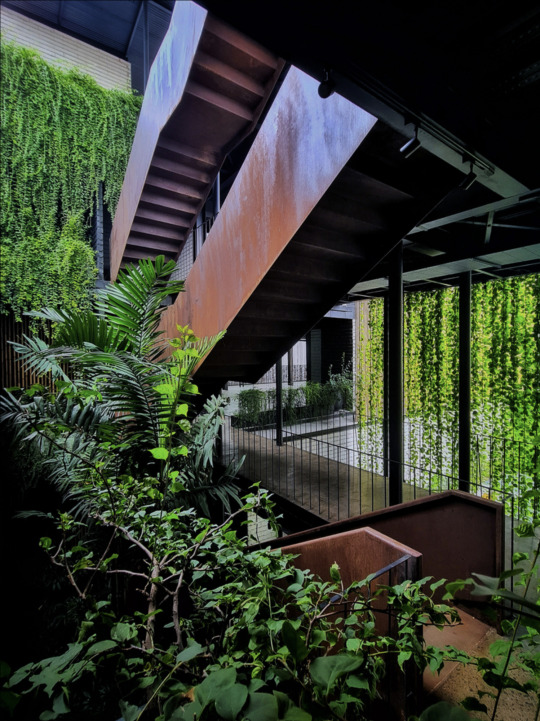
One of the most prominent and common ways architects have integrated biophilic elements in their interior designs is through greenery, water, and fire elements. The benefits of plantscaping, or incorporating plants in interiors, are boundless. In terms of biophilic design however, plants are not chosen arbitrarily, but are chosen based on the climate conditions, geographic characteristics, and availability to ensure that the interior is authentically one with its surroundings. Several studies also have shown that seeing, hearing, or touching water reduces stress, increases tranquility and concentration, and lowers heart rate, prompting architects to install water walls, aquariums, miniature ponds, fountains, and streams.
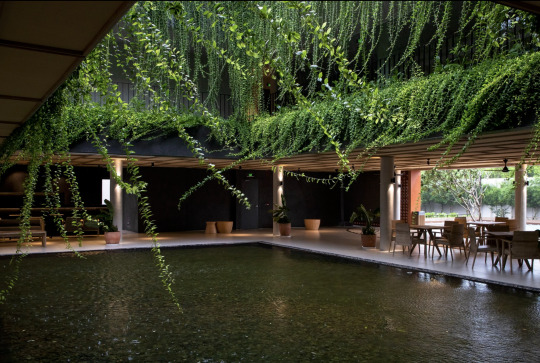
More at the link.
16 notes
·
View notes
Text
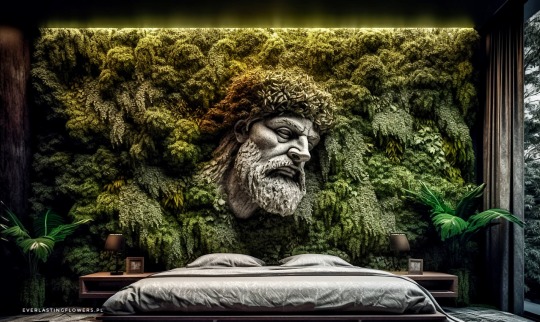
🌿 Wyruszamy poza przeciętność! 🌿 Odkrywaj z nami elegancję Biophilic Design, w którym łączymy pasję do mchów i roślin stabilizowanych z dbałością o harmonię wnętrz. Jesteśmy na drodze do mistrzostwa w tej sztuce! 🏆
Biophilic Design pozwala na głębszą więź z naturą, wprowadza zdrowie, dobre samopoczucie i równowagę do naszych przestrzeni. Nasze ekologiczne, trwałe i zachwycające dekoracje łączą wszystko, co kochamy w naturze, z nowoczesnym stylem życia. 🌳💚
Ciągłe doskonalenie i nauka są kluczem do naszego sukcesu. Dążymy do odkrywania nowych technik i materiałów, które zainspirują zarówno nas, jak i Was! Razem tworzymy harmonijne, piękne wnętrza pełne życia. 🍃✨
#biophilicdesign #mchy #roślinystabilizowane #dekoracjewnętrz #ekologia #harmonia #wnętrza #pasja #mistrzostwo
#moss#mech#polemoss#mosswall#moss wall#design#wnętrza#designe#zielone ściany#Biophilic#biophilic design
11 notes
·
View notes
Photo



Story of a pink flower. Bright colors like this create uplifting environments for cancer treatment centers and other healthcare environments!
www.kurtjohnsonphotography.com
#pink#flower#flowers#botanical#nature#design#interior design#flower photography#healthcare#healing#wellness#biophilic design
11 notes
·
View notes
Photo


Fotos Bel Diniz para Estúdio Loba
BH, MG, BR
#brazilianarchitecture#braziliandesign#designdeinteriores#interiors#green kitchen#kitchendetails#green#designinterior#biophilic design
10 notes
·
View notes
Text
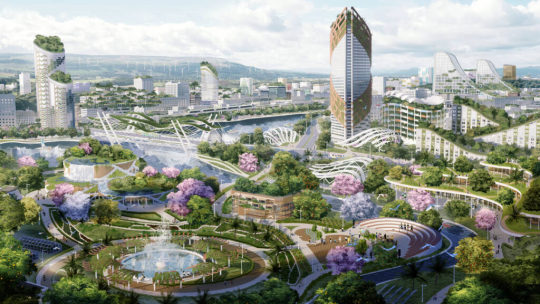
Solarpunk asks us to imagine an optimistic future. And if we can dream it, maybe we can achieve it.
x
11 notes
·
View notes
Text

Isidore Leroy x Veronique Masurel
6 notes
·
View notes
Text
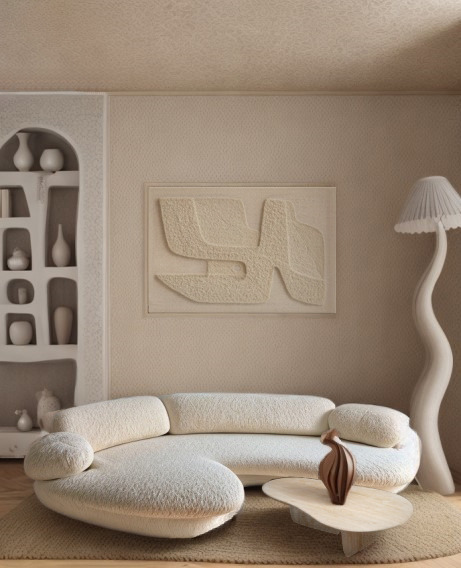
Biomorphic/organic interior by me (with some help of A.I.)
#interior#interior design#design#interior architecture#biomorphic design#biomorphic#biophilic design#organic minimalism#home design#modern home#home decor#a.i. interior#a.i. generated#3d render
184 notes
·
View notes
Text

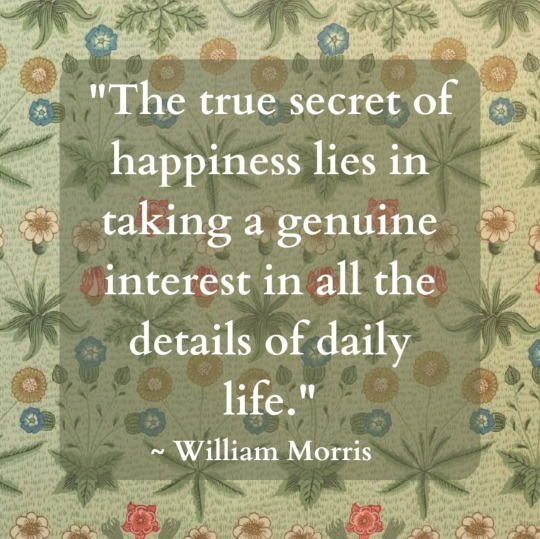
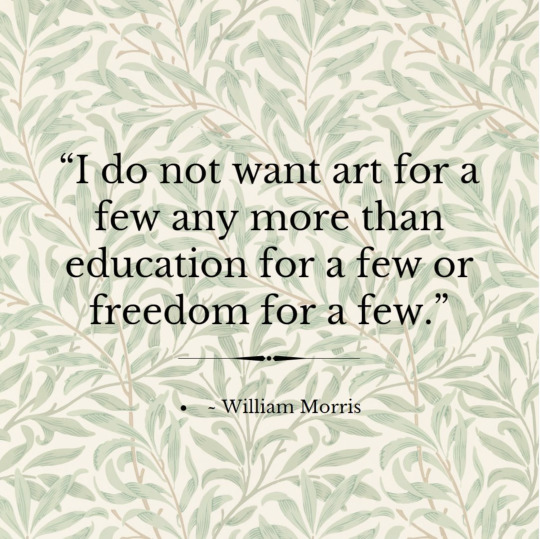
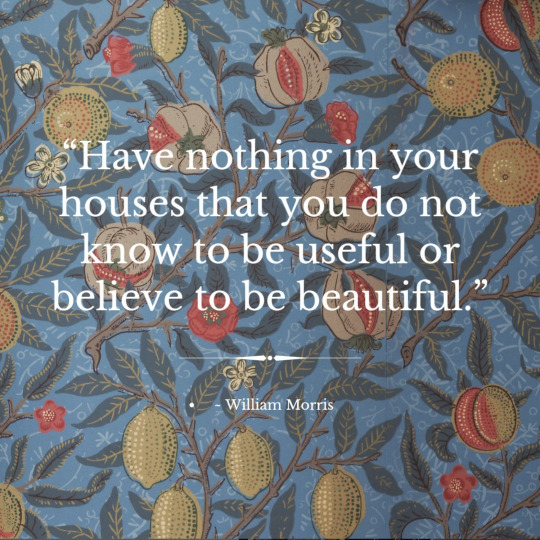
Words of wisdom from the designer, artist, and author William Morris.
Source: Kelmscott House Instagram Page
#botany#william morris#morris and co#victorian#victorian style#arts and crafts#pre raphaelite#kelmscott house#19th century#inspirational quotes#wisdom#wise words#sayings#motivating quotes#traditional art#botanical illustration#botanical art#nature inspired#biophilic design#art noveau#entrepreneur#philosophy#british art#victorian art#1800s#victorian england
4 notes
·
View notes
Text

Tiny house concept design created via Midjourney
#architecture ideas#architecture#design ideas#design ideas blog#tiny house#tiny house living#miniature houses#tiny home#design#concept design#biophilia#biophilic design#architectural concept#midjourney#ai artwork
103 notes
·
View notes
Text
Someone once said something like "Biophilia"
The second sample I addressed concern the feeling of integration and cohexistence with nature in our human circumstances. What I mean in this case is little bit difference from the concept behind Organic Design.
Let's cover it deeply
BIOPHILIA. The term is derived from the Greek words for “life” and “love or affection;” making its literal translation “love of life.” The term ‘biophilia’ was first coined by social psychologist Eric Fromm (5. The Heart of Man, 1964 ) and later popularized by biologist Edward Wilson (Biophilia, 1984).
The sundry denotations – which have evolved from within the fields of biology and psychology, and been adapted to the fields of neuroscience, endocrinology, architecture and beyond – all relate back to the desire for a (re)connection with nature and natural systems. That we should be genetically predisposed to prefer certain types of nature and natural scenery, specifically the savanna. Biophilia is man's innate biological connection with nature that leads to improved psychological and cognitive functions.
“In every walk with nature one receives far more than one seeks.”- John Muir, 19 July 1877
This concept is strongly related to the sampe I'd like to indroduce: Biophilic Design.
Concept:
I begin with an overview of Biophilic Design, citing the results of numerous behind-the-scenes studies. The knowledge challenge that has emerged from the research articulates the relationships between nature, science, and the built environment so that we can experience the human benefits of biophilia in our design applications, which are known to enhance our lives through a connection with nature.
Goal:
The intent should be to present the foundation necessary for thinking more critically about the human connection with nature and how biophilic design patterns can be used as a tool for improving health and well-being in the built environment.
Patterns:
With the emergence of the green building movement in the early 1990s, linkages were made between improved environmental quality and worker productivity.
The translation of biophilia as a hypothesis into design of the built environment was the topic of a 2004 conference and subsequent book on biophilic design (10. Eds., Kellert, Heerwagen & Mador, 2008 ) in which authors identified more than 70 different mechanisms for engendering a biophilic experience and outlined three classifications of user experience: Nature in the Space, Natural Analogues, and Nature of the Space.
The past decade has seen a steady growth in work on the intersections of neuroscience and architecture, both in research and in practice; even green building standards have begun to incorporate biophilosophy, especially for its contribution to the quality of the indoor environment and connection to place.
More recently, biophilic design has been promoted as a complementary and mainstream strategy to address workplace stress, student performance, patient recovery, community cohesion, and other challenges familiar to health and overall well-being.
Nature-Design Relationships:
Stepping back to the Biophilic experiences, we can split them into three categories:
Nature in the Space addresses the direct, physical and ephemeral presence of nature in a space or place which provides multi-sensory interactions (Common examples include potted plants, flowerbeds, bird feeders, butterfly gardens, water features, fountains, aquariums, courtyard gardens and green walls or vegetated roofs)

2. Natural Analogues addresses organic, non-living and indirect evocations of nature. Objects, materials, colors, shapes, sequences and patterns found in nature, manifest as artwork, ornamentation, furniture, décor, and textiles in the built environment.
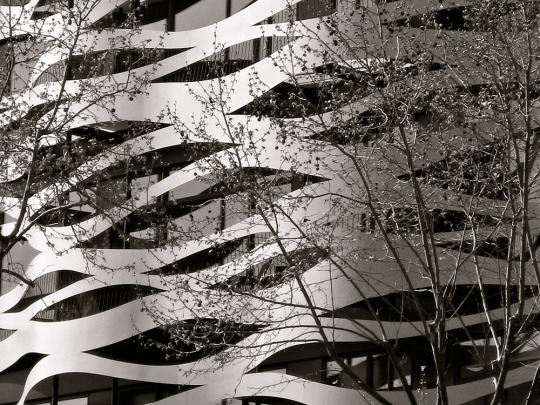
3. Nature of the Space addresses spatial configurations in nature. This includes our innate and learned desire to be able to see beyond our immediate surroundings, our fascination with the slightly dangerous or unknown; obscured views and revelatory moments; and sometimes even phobia-inducing properties when they include a trusted element of safety.

Much of the evidence for biophilia can be linked to research in one or more of three overarching mind-body systems – cognitive, psychological and physiological – that have been explored and verified to varying degrees, in laboratory or field studies, to help explain how people’s health and well-being are impacted by their environment.
Good Biophilic Design?
Biophilic design is the designing for people as a biological organism, respecting the mind-body systems as indicators of health and well-being in the context of what is locally appropriate and responsive.
I will mention couple of key strategies examples that have proven useful in framing, prioritizing, or influencing decision making in the design process:
Vernacular architecture -using native, drought tolerant plants to create landscape designs that resemble the climate of the surrounding landscape – can each be effective strategies in designing for a resilient, biophilic experience.
Rural, suburban and urban environments - where human-nature interactions are abundant, and this regular exposure to nature has restorative qualities that we perhaps take for granted. In the narrow streets of Vienna, Austria, restaurants rent parking spaces for the entire summer and set up tables and temporary landscaping to provide outdoor dining. This brings nature into the urban core and within walking distance to a greater number of people, opening up the possibility for micro-restorative experiences.
I know this post is turning into a never-ending story, so I will leave one last interesting resource for the curious :)
I would be very grateful to know that you enjoyed the content and even more so if you felt like leaving comments and interacting in any way.
Until next time, have a nice day! 🌹
4 notes
·
View notes
Text
La società biofilica
La natura salverà la nostra società. La società biofilica.
Imparare dagli altri, imparare dalla natura. Il primo Biophilia Camp.
La biofilia è stata al centro della prima edizione del Biophilia Camp organizzato da Living Future Europe, un’immersione nella natura dell’Alto Adige in Alta Val di Non, lo scorso autunno, per apprendere e applicare i principi della progettazione biofilica, in un’esperienza che ha unito biologia e agile management,…

View On WordPress
#Biofilia#biophilia#biophilic design#design biofilico#klimahouse#LBC#Living Building Challenge#Living Future Europe#progettazione biofilica#regenerative design#regenerative economy
2 notes
·
View notes
Text
Bringing the Outdoors In: Incorporating Biophilic Design into Interior Spaces

In our fast-paced urban lives, there's a growing yearning to reconnect with nature and create spaces that evoke a sense of tranquility, vitality, and well-being. Enter biophilic design – a concept that seeks to integrate nature into the built environment, enhancing our connection to the natural world and improving our overall quality of life. Let's explore the principles of biophilic design and how the Indian Institute of Fashion & Design (IIFD) embraces this transformative approach to interior spaces.
Understanding Biophilic Design:
Biophilic design is rooted in the innate human affinity for nature. Drawing inspiration from the patterns, forms, and processes found in the natural world, biophilic design seeks to incorporate elements such as natural light, vegetation, water, and natural materials into interior spaces. By mimicking nature, biophilic design aims to create environments that promote health, well-being, and productivity.
Enhancing Well-Being:
Numerous studies have shown that exposure to nature has a profound impact on our physical, mental, and emotional well-being. Biophilic design harnesses this connection to nature by integrating natural elements into interior spaces, thereby reducing stress, improving cognitive function, and enhancing mood and creativity. From indoor gardens to living walls, biophilic design elements bring the restorative power of nature into our everyday lives.
Creating Connections:
In addition to promoting well-being, biophilic design also fosters a deeper connection to the environment and the world around us. By incorporating natural materials, textures, and colors, biophilic interiors evoke a sense of harmony and unity with nature, reminding us of our place within the larger ecosystem. This connection to nature can instill a sense of stewardship and responsibility towards the environment, driving sustainable behavior and lifestyle choices.
Embracing Biophilic Design with IIFD:
At the Indian Institute of Fashion & Design (IIFD), biophilic design is more than just a trend; it's a guiding principle that informs our approach to interior spaces. Through a combination of theory, hands-on projects, and real-world applications, students at IIFD learn how to incorporate biophilic design principles into their creations, creating spaces that are not only visually stunning but also nurturing and rejuvenating.
Take Action with IIFD:
Ready to explore the transformative power of biophilic design and unlock your creative potential in interior spaces? Join one of the best Interior Design Colleges in India like IIFD - Indian Institute of Fashion & Design and embark on a journey towards a rewarding career in interior design. With expert faculty, industry-relevant curriculum, and state-of-the-art facilities, IIFD offers comprehensive programs that prepare you to excel in the dynamic world of interior design while embracing the principles of biophilic design.
#Biophilic Design#Interior Spaces#Interior Design#Interior Designing#iifd#iifd chandigarh#Education#Interior Design Education#careers
0 notes